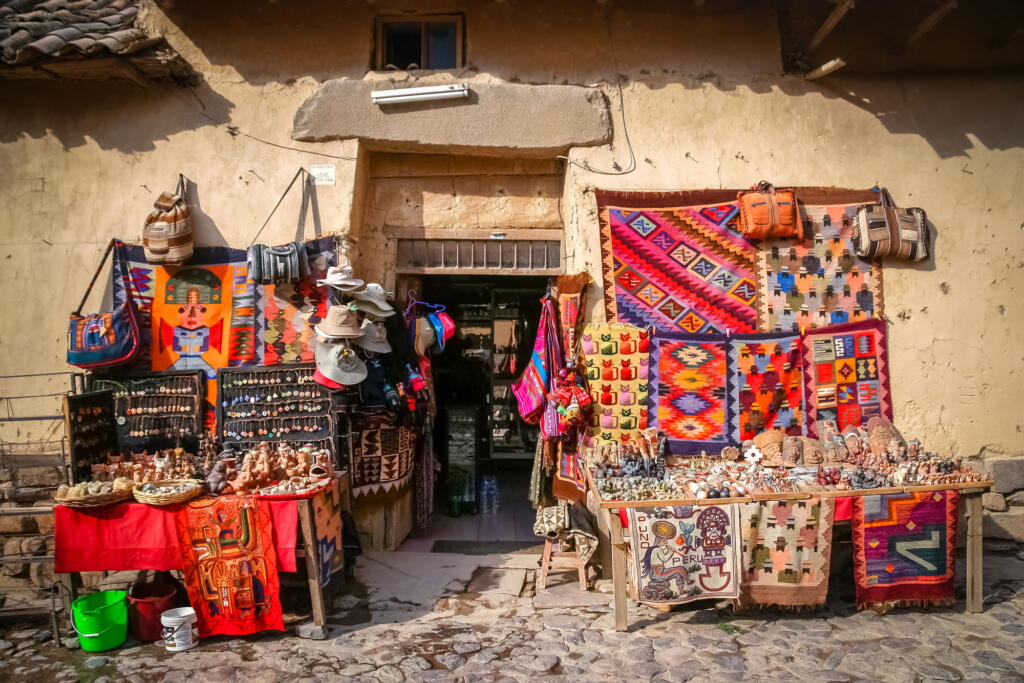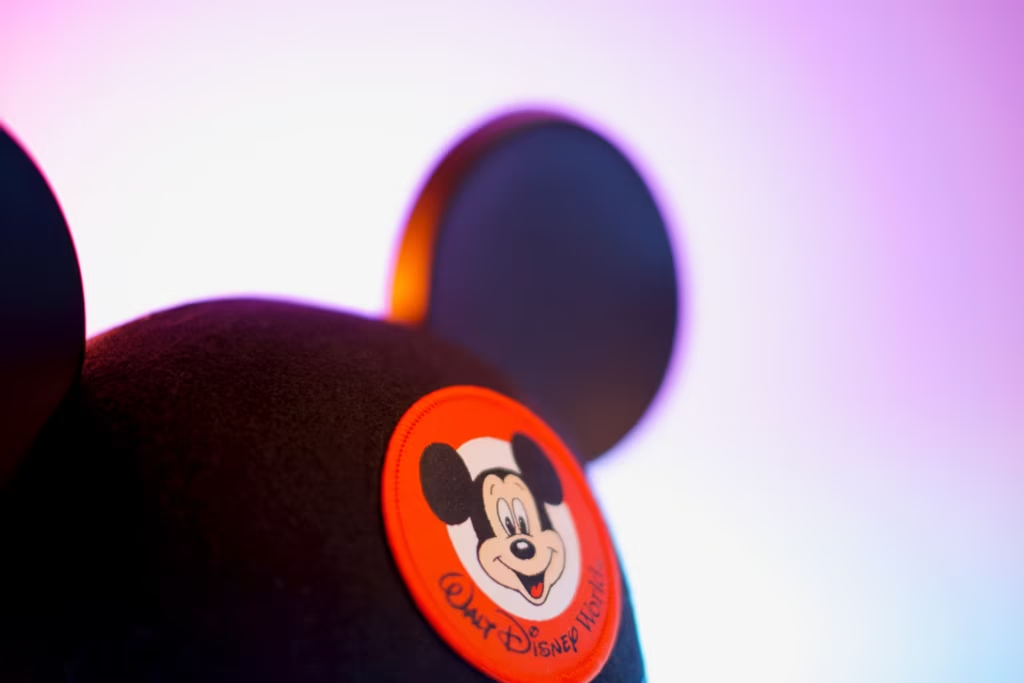When most hear the word merchandising, the first question that usually pops up is:
“Wait—how is that different from marketing?”
Let’s clear that up!
Marketing is all about getting the word out—using media, messaging, and campaigns to connect products with people. Merchandising, on the other hand, is what happens before and after you’ve caught their attention—it’s the science (and art) of placing the right product in the right spot, at the right time, in the most appealing way possible.
At the end of the day, both work hand in hand to create a smooth, memorable shopping experience—and help build a brand that people love.
A Quick Stroll Through History
Merchandising has been around as long as people have been trading goods. Ancient markets and bazaars were the original showrooms, full of color and creativity meant to draw the eye.


Fast-forwarding to how we know it today, most sources credit Jasper Freemont Meek as the “founding father of merchandise.” Back in 1878, he printed the first branded tote bag for a shoe store—a clever idea that would spark a merchandising and marketing revolution.
Then came the post–World War II boom. Media and entertainment took off, and suddenly, merchandise wasn’t just functional—it was fun. Disney quickly became the king of this movement, turning characters into collectibles and everyday products into emotional connections.
In short: merchandising is where creativity meets strategy. It’s what turn “just a product” into something irresistible.
So, How Does It Actually Work?
Think of merchandising as part data, part creativity, and part intuition. It starts with research—diving into trends, consumer behavior, and competitor insights. Once you understand what people want (and maybe what they don’t even realize they want yet), you can start dreaming up products within your niche that speak to your customer.
From there, it’s all about working with vendors, designers, and marketing teams to bring those ideas to life. The ultimate goal? To make sure every product has its moment to shine—and sell.

Why It Matters
A seasoned merchandiser is like a conductor—making sure everything works in harmony, from profit margins to product placement. Whether your business is a local boutique or a global brand, smart merchandising helps keep everyone—customers, suppliers, and partners—happy.
Types of Merchandising Supported at TLS
Fashion Retail Merchandising – From trend forecasting to product development, it’s about translating what’s hot on the runway (or TikTok) into what ends up in your customers’ carts.
Licensed Retail Merchandising – Working with established brands and entertainment properties to develop high-quality licensed products that capture the essence of the brand—delighting fans and driving sales.
General Retail Merchandising – Making sure the right products show up in the right places, at the right times, and in the right quantities. Because even the best item won’t sell if no one can find it.
In short: merchandising is where creativity meets strategy.
It’s what turns “just a product” into something irresistible.

